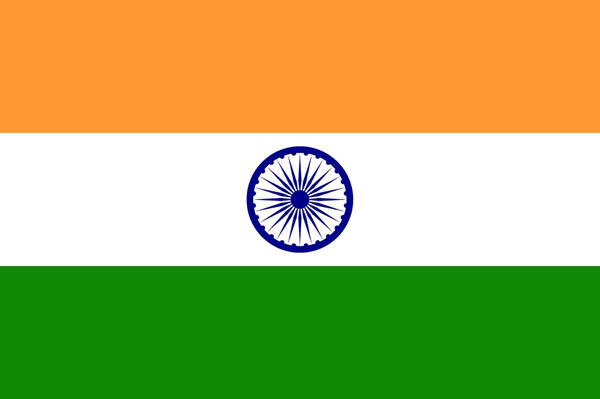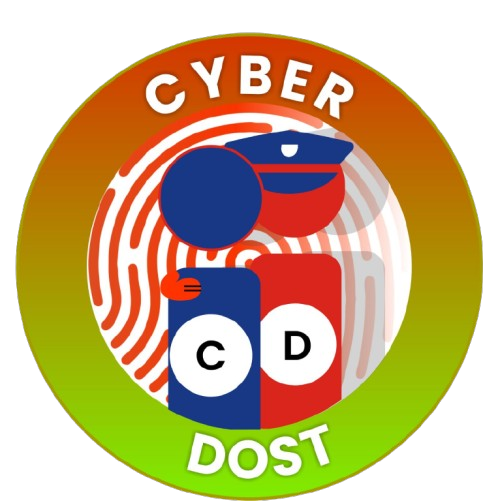CIVIL ENGINEERING LAB COMPLEX -II (ROOM NO- 118 )
COURSES OFFERED
| S.No | Subject Code | Subject Name |
|---|---|---|
| 1 | ETCE-253 | Geoinformatics Lab-I |
| 2 | ETCE-254 | Geoinformatics Lab-II |
| 3 | ETCE-360 | Surveying Camp |
| 4 | ETEN-252 | Geoinformatics Lab |
| 5 | ETEN-358: | Environmental Monitoring & Engineering Surveying Camp |
| 6 | ETCE -255 | Engineering Geology Lab |
GEOINFORMATICS & SURVEYING LAB
SUBJECT CODE:
- ETCE -253 GEOINFORMATICS LAB -I
DETAILS OF MAJOR EQUIPMENTS: -
| S.No | Name of Equipment | Quantity |
|---|---|---|
| 1. | Total Station | 04+03=07 |
| 2. | Plane Table | 15 |
| 3. | Optical Square | 05 |
| 4. | Box Sextant | 04 |
| 5 | Prismatic compass (100mm) | 10 |
| 6 | Surveyor compass (100mm) | 10 |
| 7 | Telescope Alidade 225mm | 05 |
| 8 | Auto level | 05+02=07 |
| 9 | IOP level 175mm | 05 |
| 10 | Telescope leveling staff | 10 |
| 11 | Micro optic transit theodolite (with least count 10) | 05 |
| 12 | Transit theodolite with least count 20 | 05 |
| 13 | Tangent clinometers | 05 |
| 14 | Survey Chain | 20 |
| 15 | Ranging Rod | 40 |
| 16 | Offset rod | 10 |
| 17 | Measuring tape | 20 |
| 18 | Pegs wooden | 40 |
| 19 | Dumpy level 225mm | 05 |
| 20 | Telescope leveling staff | 10 |
| 21 | Survey umbrella | 10 |
| 22 | Hand level | 05 |
| 23 | Abney level | 05 |
| 24 | Single Frequency DGPS | 01 |
| 25 | Digital Level (0.7 mm Accuracy) | 01 |
LIST OF PRACTICAL:-
| S.No. | Experiment List. |
|---|---|
| 1. | To make a close traverse using prismatic compass. |
| 2. | To determine reduced level of various points using dumpy level. |
| 3. | To measure horizontal angle by (1) method of repetition (2) method of reiteration. |
| 4. | To locate various points using method of (1) Radiation (2) Intersection. |
| 5. | To locate plane table station using two point problem. |
| 6. | T o locate plane table station using three point problem. |
| 7. | To trace out the simple circular curve using rankgine method. |
| 8 | To trace out simple circular curve by using two theodolite method. |
| 9 | To determine the height of an object, base is inaccessible instrument axis at different levels with same vertical plane. |
| 10 | Chain survey of given area. |
| 11 | To make a close traverse using prismatic compass. |
| 12 | To determine reduced level of various points using dumpy level. |
| 13 | Profile leveling of a given route. |
| 14 | To measure a horizontal angle by Method of repetition (ii) Method of reiteration. |
| 15 | To determine the multiplying constant & additive constant of tacheometer. |
| 16 | To locate the points using method of Intersection (ii) Rediation |
| 17 | To locate the plane table station using three point problem. |
| 18 | To locate the plane table station using two point problem. |
| 19 | Contour Survey of given area using square method. |
| 20 | To trace out the simple curve with the help of chain tape only (by ordinate from the long chord). |
| 21 | To trace out the simple curve with the help of chain tape only by theodolite (Rankine’s Mehtod). |
| 22 | To trace out the simple when the point of intersection is inaccessible. |
| 23 | To trace out the simple curve using successive of ACRs or Chord. |
| 24 | To determine the height of an object the base of which inaccessible instruments axes of different level in same vertical plane with the object. |
| 25 | To determine the height of an object the base of which inaccessible instruments station not in the same vertical plane with the object. |
| 26 | To set out a simple circular curve by Radial offsets. |
| 27 | To set out a simple circular curve by perpendicular offsets. |
ENGINEERING GEOLOGY LAB
SUBJECT CODE:
- ETCE 255 ENGINEERING GEOLOGY LAB
DETAILS OF MAJOR EQUIPMENTS: -
| S.No. | Particulars | Quantity |
|---|---|---|
| 1. | Collection of Minerals showing fracture set of 7 | One Set |
| 2. | Collection of Minerals showing ores set of 20 | One Set |
| 3. | Collection of Minerals for cement industry set of 13 | One Set |
| 4. | Collection of Minerals for building industry set of 15 | One Set |
| 5. | Collection of Minerals Indian Rocks set of 20 | One Set |
| 6. | Collection of 15 igneous, 15 sedimentary, 15 metamorphic, Rocks in 3 separate boxes | One Set |
| 7. | Hardness scale box with 9 minerals, Streak plate a knife and magnet in a box | One Set |
LIST OF PRACTICAL:-
| S.No. | Experiment List. |
|---|---|
| 1. | To study the geological maps. |
| 2. | To study the minerals in hand specimen. |
| 3. | To study the rocks in hand specimen. |
| 4. | To determine the specimens hardness of minerals. |
| 5. | Study of dip/strike problem |
| 6. | Study of optical properties of minerals. |
| 7. | Study seismic zoning map of India. |
| 8 | Study faults, folds in geological maps. |
TECHNICAL SUPPORTING STAFF:- MR.ABHISHEK KUMAR


 Ch. Brahm Prakash Government Engineering College
Ch. Brahm Prakash Government Engineering College 


